Better understanding how plant roots breathe under water ($)
 Waterlogging, a process by which water saturates soil, results in oxygen-deficient soil conditions and can result in massive crop loss. In order for plants to survive in waterlogged soil, shoots transport oxygen to roots through lysigenous aerenchyma, a specialized tissue type formed by ethylene-induced programed cell death. Using molecular and biochemical methods, Yamauchi et al. report that the rice response to aneroboic soil conditions involves: (i) ethylene induced expression of the NADPH oxidase, RESPIRATORY BURST OXIDASE HOMOLOG (RBOHH) and (ii) calcium-dependent kinase (CDPK) activation of RBOHH, which then produces ROS to signal cell death and subsequently the formation of lysigenous aerenchyma in rice roots. These findings may help us to tailor strategies to enhance plant survival in waterlogged conditions. Future studies include identifying more components that function in this process. (Summary by Tyra McCray). Plant Cell 10.1105/tpc.16.00976
Waterlogging, a process by which water saturates soil, results in oxygen-deficient soil conditions and can result in massive crop loss. In order for plants to survive in waterlogged soil, shoots transport oxygen to roots through lysigenous aerenchyma, a specialized tissue type formed by ethylene-induced programed cell death. Using molecular and biochemical methods, Yamauchi et al. report that the rice response to aneroboic soil conditions involves: (i) ethylene induced expression of the NADPH oxidase, RESPIRATORY BURST OXIDASE HOMOLOG (RBOHH) and (ii) calcium-dependent kinase (CDPK) activation of RBOHH, which then produces ROS to signal cell death and subsequently the formation of lysigenous aerenchyma in rice roots. These findings may help us to tailor strategies to enhance plant survival in waterlogged conditions. Future studies include identifying more components that function in this process. (Summary by Tyra McCray). Plant Cell 10.1105/tpc.16.00976


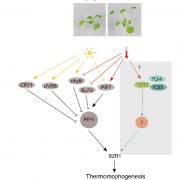
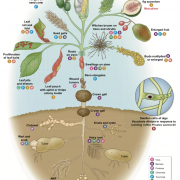
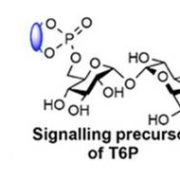
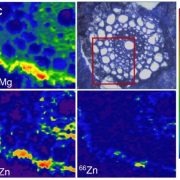

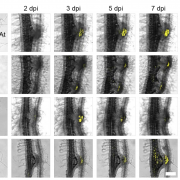


Leave a Reply
Want to join the discussion?Feel free to contribute!